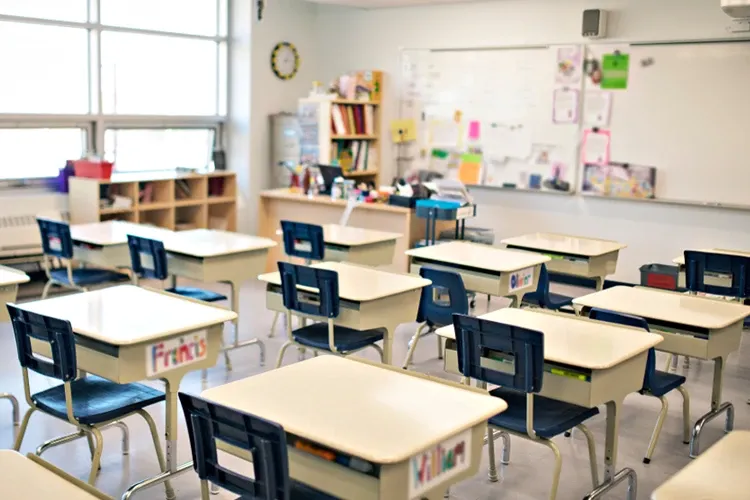Homeschooling has emerged as the most rapidly growing form of education in the United States, a development which follows nationwide lockdowns and decreased performance in government schools, according to an analysis from The Washington Post.
The analysis, based on data from thousands of government school districts provided to the center-left news outlet, shows that home education rates have increased substantially between the 2017-2018 school year and the 2022-2023 school year. Some states like New York, Rhode Island, and California witnessed nearly or slightly more than 100% growth in homeschooling.
Data examined by The Washington Post reveals that the number of homeschooled students increased 51% over the past six school years, significantly outpacing 7% growth in private school enrollment, while government school enrollment decreased 4% over the same time horizon. Other analyses have found similar results: one study from the Urban Institute concluded that homeschooling has increased 30% in the years after the lockdowns.
The rapid increase in home education also “crosses every measurable line of politics, geography, and demographics.” The Washington Post observed that home education increased more than 350% in government school districts located in both the small town of Anderson, South Carolina, and the Bronx in New York City.
Even as federal data concluded that there were 1.5 million homeschooled children in the United States as of 2019, an updated estimate from The Washington Post approximated that there are now between 1.9 million and 2.7 million homeschooled children.
The rapid increase in home education comes after government schools were shuttered in favor of virtual instruction amid the nationwide lockdowns, increasingly dismal standardized test scores and overall educational attainment, and the infiltration of ideological content into classrooms, all of which contributed to the emergence of a nascent parental rights movement.
Disruptions in classroom instruction could cost the United States economy as much as $28 trillion over the rest of the century as cohorts of students enter the workforce with lackluster skills, according to one estimate from Stanford University economics professor Eric Hanushek.




